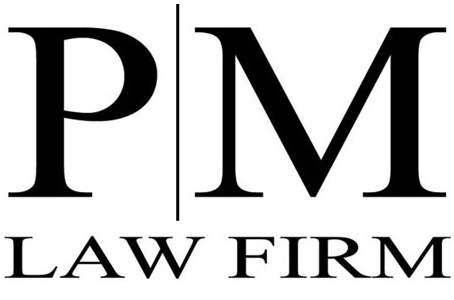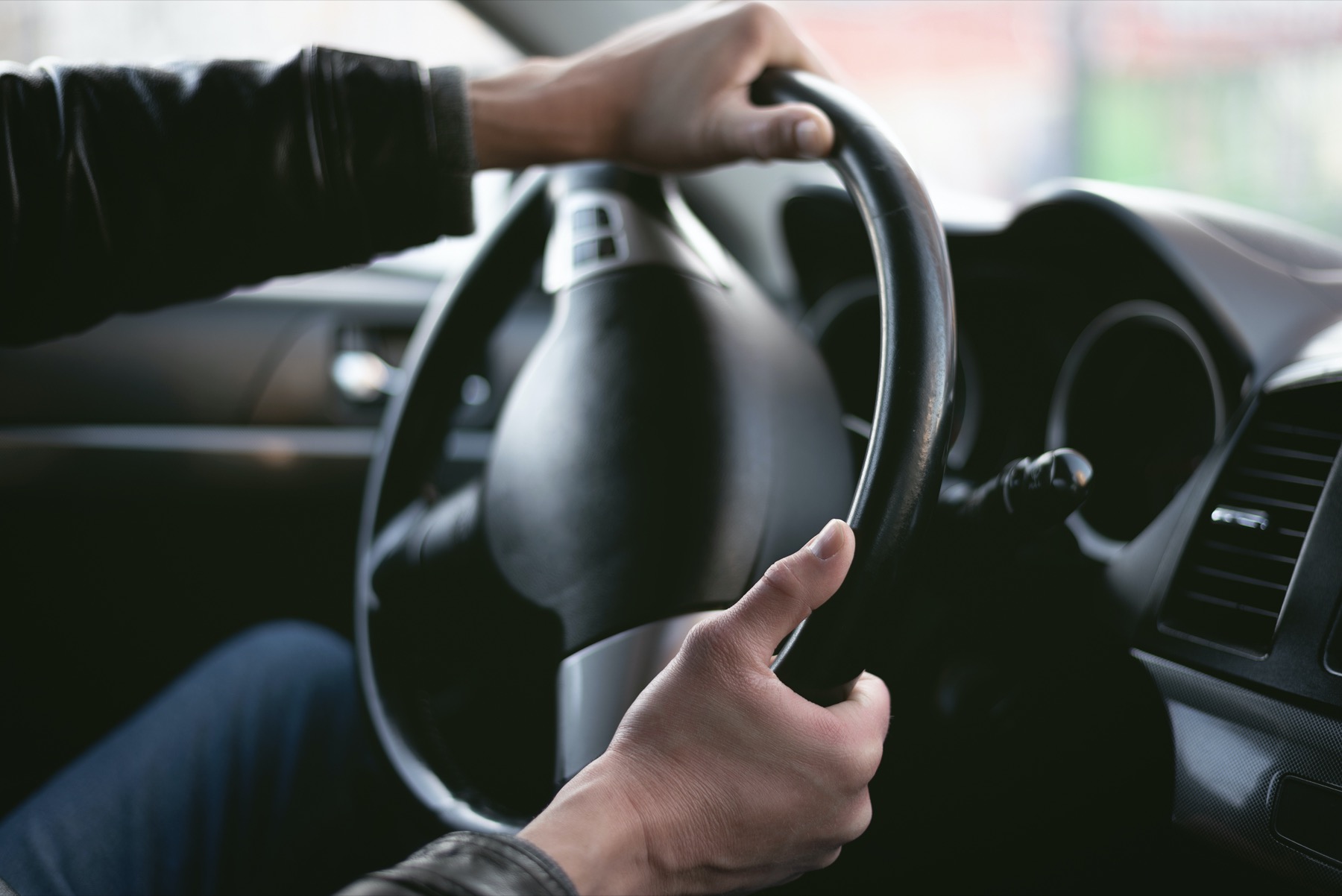The U.S. is a hotbed of traffic accidents. That’s according to a study published by the American business magazine Forbes. In 2020, the U.S. laid claim to nearly 36,000 fatal traffic accidents, the study revealed. While this is alarming, it only offers a glimpse into what is happening on American roadways. There were approximately 1.6 million U.S. traffic accidents that resulted in injuries in 2020 and nearly 3.7 million that resulted in property damage. Altogether, there were roughly 5.3 million accidents on American roads in 2020. From 2020 until now, these numbers have remained more or less constant. The same applies to the number of personal injury lawsuits.
What’s Driving the Traffic Accidents on U.S. Roads?
Many things contribute to accidents, from distracted and careless driving to road rage and drowsy driving. According to most personal injury law firms, including the PM Law Firm, a law group in Humble, TX, that specializes in traffic accident cases, the top two are drunk driving and speeding. The study published by Forbes notes the same. To appreciate this consensus, it will help to look at these two contributors individually, starting with drunk driving.
Data from Forbes, the PM Law Firm, and several other credible sources show that 35% of all U.S. collisions stem from drunk driving or driving under the influence (DUI). So that everyone is on the same page, a blood alcohol content (BAC) of 0.08% or higher is considered impaired or drunk. Also noteworthy, most individuals can reach such a BAC threshold after consuming only 4 or 5 alcoholic beverages. When those impaired or severely inebriated individuals get behind the wheel, they are more prone to overcorrecting or making a similar driving mistake that can endanger the lives of everyone else on the road. According to the National Highway Traffic Safety Administration (NHTSA), a 0.08% BAC can make it difficult for even seasoned drivers to perform critical driving tasks, such as steering, braking, signaling, and lane changing. Most of these issues stem from a decreased reaction time. A separate study from the University of Michigan revealed that a BAC of 0.08% reduces a driver’s reaction time by an average of 120 milliseconds. Of course, if you factor speeding into the equation, things can quickly go from bad to worse.
Speeding increases the risk of causing or being involved in a collision exponentially, especially if alcohol becomes a variable in that already dangerous equation. The same data from Forbes, the PM Law Firm, and other credible sources, including the National Safety Council, shows that speeding contributed to around 29% of fatal traffic collisions in 2020. To put that percentage into perspective, roughly 11,300 people in America lost their lives in an alcohol-related traffic collision. The combination of excess speed and driving under the influence often leads to drivers colliding with other vehicles on the road as well as the following:
- Concrete barriers
- Highway guardrails
- Impact attenuators
- Median dividers
- Trees
- Utility poles
While national statistics are not available, it stands to reason that speeding while driving under the influence can significantly increase the chances of being involved in a collision. That has at least been proven true in South Carolina, the southern state where 46% of alcohol-related vehicle crashes involve speeding.
When Most Traffic Accidents Occur and Who Is Most Likely To Be Involved in Them
Most traffic accidents happen in the daytime, but the ones involving fatalities tend to occur mostly at night. According to the National Highway Traffic Safety Administration (NHTSA), around 35% of all fatal accidents reported in the U.S. occur between 6:00 p.m. and 12:00 a.m. It is also worth noting that nighttime traffic accidents involving fatalities occur primarily on Fridays, Saturdays, and Sundays. During the day and at night, national holidays spur more accidents on U.S. roads, with Independence Day and Labor Day being the most active in that regard. As far as who is most likely to be involved in a traffic collision, multiple studies show it is mostly younger drivers. In one NHTSA study, researchers revealed car accidents are alarmingly common among drivers and passengers aged 20 and younger. They cited the following to substantiate that finding:
- About 11% of fatal traffic accidents in 2020 involved individuals aged 20 and younger.
- An estimated 29% of teens and 20-somethings were under the influence when they crashed their vehicles in 2020.
- Over 280,000 people aged 20 and younger suffered a traffic accident injury in 2020.
Why It Pays to File a Compensation Claim Following a Traffic Accident
Regardless of contributing factors, anyone who is the victim of an accident has the right to file a compensation claim to help them pay for medical expenses, the cost of fixing or replacing their damaged vehicle, and more. That said, many people confuse compensation claims with personal injury lawsuits. While both are mechanisms designed to help victims receive the compensation they might deserve, they are not the same. As the name might suggest, a compensation claim is a lawful demand by an individual injured in an accident for compensation from the party or parties legally liable for causing their injury. After a compensation claim gets filed, the next step entails negotiating a settlement or moving forward with a personal injury lawsuit. A personal injury lawsuit is a civil action settled in court, and the purpose is to recover financial compensation for the losses an individual suffered as a result of being in an accident.
What Is Involved in Filing a Compensation Claim Following a Traffic Collision?
First and foremost, it is always a good idea to hire a licensed personal injury attorney to help file a compensation claim or represent you in a personal injury lawsuit should it come to that. And that’s because both can be very complicated. The five steps involved in filing a compensation claim per Texas law include
Filing a complaint – This process, also known as filing a petition, is the first step in getting a claim for compensation underway. Essentially, filing an initial complaint is all about the plaintiff advising the defendant of their intent to file a personal injury lawsuit. Such a complaint usually includes a summary of the accident, what the plaintiff believes caused it, and a detailed list of damages.
Serving of the complaint – This aspect of filing a compensation claim entails the plaintiff providing the defendant with an official copy of the original complaint and a court summons. According to Texas law, the plaintiff has 30 days to initiate this serving of the complaint, and the defendant has 21 days to file an official response.
Awaiting the defendant’s response – At this point, the filing of a compensation claim is in the defendant’s corner. And this is because the plaintiff can’t move forward with other aspects of the compensation claim without the defendant’s officially affirming or denying the allegations detailed in their copy of the complaint.
Filing discovery documents – After a defendant officially responds to a complaint, they and the plaintiff will exchange discovery documents. These documents can range from photos and police reports to sworn statements by eyewitnesses and medical records. Discovery, in part, helps establish liability if a compensation claim goes to trial.
Settlement negotiations – Some compensation claims never move forward with a personal injury lawsuit, and this is because the plaintiff and defendant choose to settle the claim for a specific dollar amount instead of going through a lengthy trial. Things commonly discussed during settlement negotiations include medical expenses, property damage, and pain and suffering.
Going to trial – When settlement negotiations don’t work out, the next step in a compensation claim case involves going through with a personal injury lawsuit. During this time, the plaintiff and defendant will present their side of the case before a judge or jury. If the plaintiff wins the case, the court will order the defendant to pay the damages outlined in the initial complaint. If the defendant wins, they will not have to pay damages.
What Damages Can You Receive After a Car Accident?
The kind of damages someone can receive following a traffic collision will depend on the facts of their case and the nature of their losses. That said, some of the damages commonly awarded to individuals who have won a personal injury lawsuit include
Medical Expenses
Some traffic collisions can subject individuals to unbelievable physical injuries, and treatment for some of those injuries can come with a hefty price tag to match. And this is why most individuals include medical expenses in their list of damages when they file a compensation claim. Some of the most common medical expenses have to do with the following:
- Ambulance and other transportation costs
- At-home care costs
- Durable medical equipment costs
- Hospitalization costs
- Initial and recurring doctor visits
- Over-the-counter and prescription drugs
- Rehabilitation
- Surgery costs
- Therapy
Lost income and wages
Severe injuries that result in hospitalization can spell lost workdays, and lost workdays can spell a loss of income. Individuals can calculate how much they would have earned had they been able to go to work and request compensation for that amount.
Property Damage and Transportation Costs
If you were in a traffic collision, it stands to reason your car would be damaged or totaled. In either case, you can recover the cost of repairing or replacing your vehicle as long as that cost was included in your list of damages when you initially filed your compensation claim. And it doesn’t stop at repairing or replacing your damaged or totaled vehicle. If an individual has to take an Uber, taxi, or the like, they will receive compensation for whatever they spent on hiring these ride-sharing companies to get them from point A to point B.
Pain and suffering
Being involved in a traffic collision can be a traumatic experience. If any of the following applies, compensation for pain and suffering may be in order:
- Disability
- Loss of consortium
- Loss of enjoyment in life
- Physical pain
- The onset of mental illness, such as anxiety or depression
Funeral Expenses
If a loved one dies in a traffic collision, their family members might be able to recover damages to help with funeral expenses. Those expenses could be associated with funeral costs, mental health counseling, and loss of income or savings.
In summary, numerous things can contribute to accidents on our roadways. And those accidents can turn our lives upside down in more ways than one. While financial compensation doesn’t undo the associated hurt, pain, anguish, and so on, it does make some things a little easier. To find out all the damages you might be eligible to receive following a traffic collision, consider scheduling a consultation with the PM Law Firm today.

